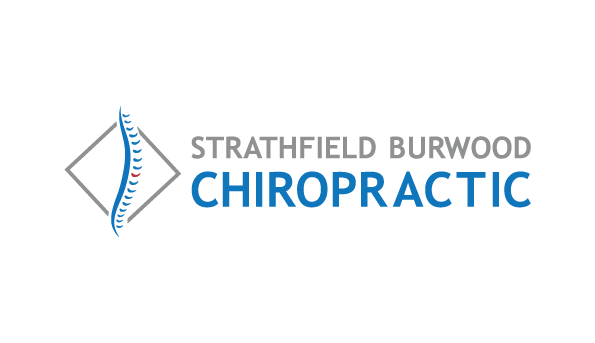
What is Arthrosis & Arthritis
Arthrosis = a joint condition
Arthritis = joint inflammation
The above two terms are often used interchangeably when discussing your joint aches and pains. They can be used for any joint in your body not only to spinal joints. Every joint in your body can be affected by general wear and tear and produce a condition “arthrosis” of your joint. One of these “arthrosis” conditions is the very common “arthritis”. There are a few commonly found types of Arthritis, which if not previously diagnosed, will be so by your practitioner. Tests may need to be performed including X-ray, CT-scan, MRI, Blood tests and a Physical Examination among possible others. All types of arthritis have the following symptoms in common.
General Symptons and signs of Arthritis
- Joint Pain
- Joint Swelling
- Joint Warmth and Redness
- Joint Tenderness
- Reduced ability to move the joint
There may be many other symptoms and signs of Arthritis which is specific to the area affected by the Arthritis. They are many and varied and can be discussed further with your practitioner.
Degenerative Joint Disease / Degenerative Disc Disease (DJD / DDD)
Degenerative Joint Disease and Degenerative Disc Disease are the result of progressively worsening, unchecked damage. They do not have to occur from large trauma, though this is common enough, but often start from childhood injuries or even early adult exertion i.e. lifting heavy objects.
Consider never attending to your teeth, or your car. Consider having damage occur and not attending to it. Imagine the effect of cumulative damage and the affect on the performance of your teeth or car. What you would notice is the reduced effectiveness of these tools. Your teeth may give you pain and make eating difficult. Your car may break down or stop working all together. With the same damage occurring to your joints and discs, the response by the body is to fix the damage by trying to repair it. The body does a good job but we often find it is not complete and a weakness remains.
Inflammation and swelling is a protective mechanism and initiates the production of substances like scar tissue. Initially scar tissue does not have the same quality (stretch or strength) as the damaged tissue and generally performs well in the early stages of repair to support and stabilise the joint injury. Over the following stages of healing it is important to re-introduce movement to the joint/s as soon as possible, to assist the re-modelling of the scar tissue to a similar quality as the original tissue.
Degeneration of Joints and / or Intervertebral Discs (IVD), occur when the re-introduction of movement and re-modelling of Joint/s or IVD following an injury is incomplete, inadequate, or not initiated at all. It is important to note that IVD require movement to maintain the flow of nutritious fluid in and waste fluid out of the disc tissue. This also contributes to the slow degeneration of the disc and surrounding joints.
The process of degeneration is generally slow, hence the delay in symptoms or signs of the process noted by the patient. It is essential to allow the body to establish the mechanisms of repair and support the process by initiating movement as soon as possible. Chiropractic manipulation has been shown to help reduce pain, slow the process of degeneration, and speed up recovery of joint and disc injury. Chiropractic manipulation has also been shown to be more effective than supplements and medication
-
References
- von Heymann WJ, Schloemer P, Timm J, Muehlbauer B. “Spinal High-Velocity Low Amplitude Manipulation in Acute Nonspecific Low Back Pain: A Double-Blinded Randomized Controlled Trial in Comparison With Diclofenac and Placebo,” Spine. 2013 Apr 1; 38(7):540-8.
- Gottlieb MS. Conservative management of spinal osteoarthritis with glucosamine sulfate and chiropractic treatment. J Manipulative Physiol Ther. 1997 Jul-Aug; 20(6):400-14.
Treatment
Chiropractic is a health care profession dedicated to the non-surgical treatment of disorders of the nervous system and/or musculoskeletal system. Generally, chiropractors maintain a unique focus on spinal manipulation and treatment of surrounding structures.
Many studies have concluded that manual therapies commonly used by chiropractors are generally effective for the treatment of lower back pain1-2, as well as for treatment of lumbar herniated disc for radiculopathy3-4 and neck pain, among other conditions.5 In fact, when patients with non-specific chronic low back pain are treated by chiropractors, the long-term outcome is enhanced by obtaining maintenance spinal manipulation after the initial intensive manipulative therapy.




